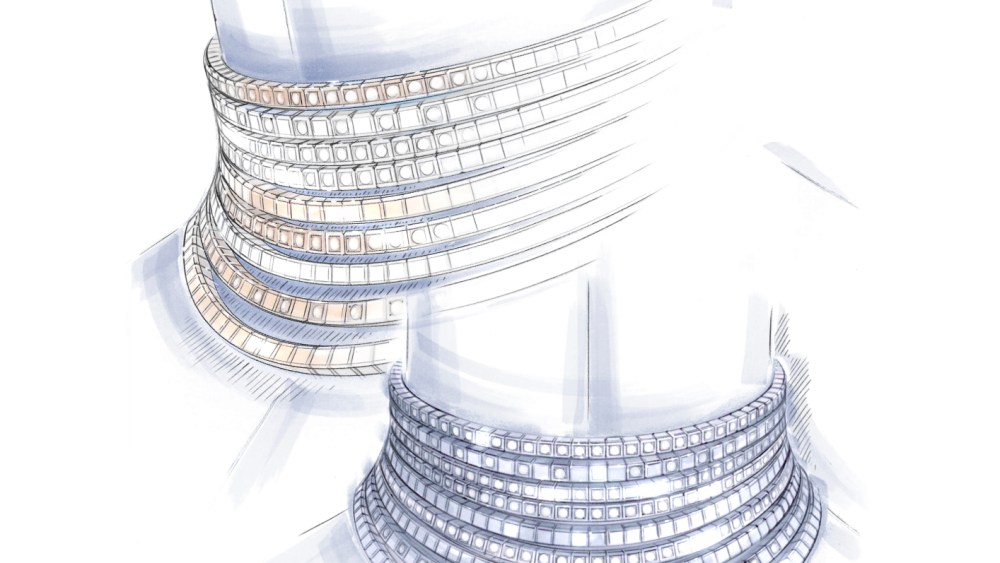Farfetch started out with a very simple proposition — and Wall Street loved it.
But while the e-commerce platform was once a darling and seen as the strongest access point for luxury online, the picture has just become more complicated.
Years of acquisitions, new initiatives and weaker-than-expected results have prompted investors to fall out of love with Farfetch.
The stock always ran hot and cold, with investors scratching their heads over one deal — like the acquisition of Off-White licensee New Guards Group — and then a few months later rejoicing over market share gains or some other advance. Recently, though, the trend has been steadily downward, with the company’s market capitalization sinking to roughly $620 million. That’s less than half the $1.8 billion market cap it started the year with, and a fraction of the $25 billion it flirted with in 2021 during the go-go e-commerce days of the pandemic.
Now, as Farfetch awaits a European Union antitrust ruling on what might have been its crowning deal to take on Yoox Net-a-porter, the company is heading into a future that is anything but simple.
Wall Street misses the old days.
Tom Nikic, an analyst at Wedbush Securities who has followed the luxury platform’s stock roller coaster since before it went public in 2018, said: “The financial model was incredibly complex from Day One. But the pitch to the investment community was very straightforward.”
Nikic described the proposition as going something like this: “The luxury business is underpenetrated online and, as Millennials and Gen Z come into wealth and become luxury shoppers, they are much more digitally savvy and there’s going to be a big shift…and there’s opportunity for a global website to be the go-to place for online luxury.
“It was almost beautiful in its simplicity,” he said. “The addressable market is going to grow like a weed and we are going to be the dominant player in this growing market.”
But as the company has grown, it has also layered in more businesses and more complexity. In addition to New Guards, it bought Stadium Goods. It acquired Violet Grey in a since-aborted bid to get into the beauty business. It sought to connect fashion to China online through a deal with Alibaba. And more.
But things simply haven’t panned out the way investors hoped.
“The execution has been all over the place,” Nikic said. “It seems like they have trouble focusing on one thing. Their core business, their core growth opportunity is really, really compelling…there’s just all these side projects that are constantly happening, it’s almost like they’ve taken their eye off the ball.”
Lately, Farfetch has been battoning down, exiting beauty and eliminating 800 jobs, or about 11 percent of its workforce, while cutting costs. Second-quarter revenues fell 1.3 percent to $572.1 million — below the $649 million analysts projected — and gross merchandise value was flat at just more than $1 billion. Adjusted losses before interest, taxes, depreciation and amortization widened to $30.6 million from $24.2 million.
Shortly fter that performance, Lauren Schenk, an analyst at Morgan Stanley, cut her target price on the stock to $5 from $20. (The stock closed down 1.9 percent at $1.58 on Friday.)
But Schenk still sees the potential.
“We continue to have confidence in Farfetch’s long-term opportunity and see a positively skewed risk/reward” stock proposition, the analyst wrote in a research note to clients.
While Farfetch’s brass attributed its second-quarter troubles to macro weakness in the U.S. and China, Schenk said: “The market is increasingly concerned it is more structural, which is difficult to disprove in the near-term. When combined with minimal near-term profitability, this leaves the stock likely to trade below fundamental valuation until visibility improves.”
The YNAP would have once been considered the kind of end-game Farfetch, where it consolidated much of the fashion e-commerce field by taking two former competitors, Yoox and Net-a-porter, on board.
Now the deal — which regulators are expected to approve — adds another question mark to Farfetch’s future. And the skeptics are louder than ever.
“The Farfetch deal at this point is not central to the Richemont equity story in our view,” said Piral Dadhania, an analyst at RBC Capital Markets. “Most of the YNAP carrying value on Richemont’s balance sheet has been written down to zero already. I think it’s fair to say the online multibrand luxury retail model is under a great deal of pressure both at Farfetch, YNAP and more broadly. These business models — and in some cases, like Farfetch, their market value — were clearly COVID-19 winners, which have suffered post COVID-19 as shoppers have returned to physical stores at the expense of online.”
And Luca Solca, a luxury analyst at Bernstein, said, “I cannot understand how establishing a so-called neutral platform — which in reality Richemont would control — is even starting to be advantageous to luxury peers. Why would major groups — with 100 percent DTC — want to lend their might to build something that, eventually, would come back to haunt them? And why would they want to share all-important client data with competitors? Big brands have the ability to attract traffic, both in store and online, hence I see a bright future for their brand dot-com activities.
“Marketplaces like Farfetch can provide distribution to weaker brands, but — in order to do so profitably — they need to have razor thin costs,” Solca said. “Farfetch has been following too many priorities and has tried to go into too many directions. This has added to their cost base, with no benefit for the bottom line. I believe Farfetch is ripe for a very material restructuring, if it is to survive.”
For one, José Neves, Farfetch founder, chairman and chief executive officer, continues to believe.
He told WWD in August: “This company was built from zero, from nothing and actually launched in 2008, amid a global financial crisis. We got our first venture capital money in 2010, so the first three years were just my money, which was no money. And so we really have that DNA of resiliency and frugality and we’ve grown this business from those humble, very humble origins to be a global platform present in all large luxury goods markets in the world.…The North Star of this company remains absolutely intact, which is to be the global platform for luxury.”


